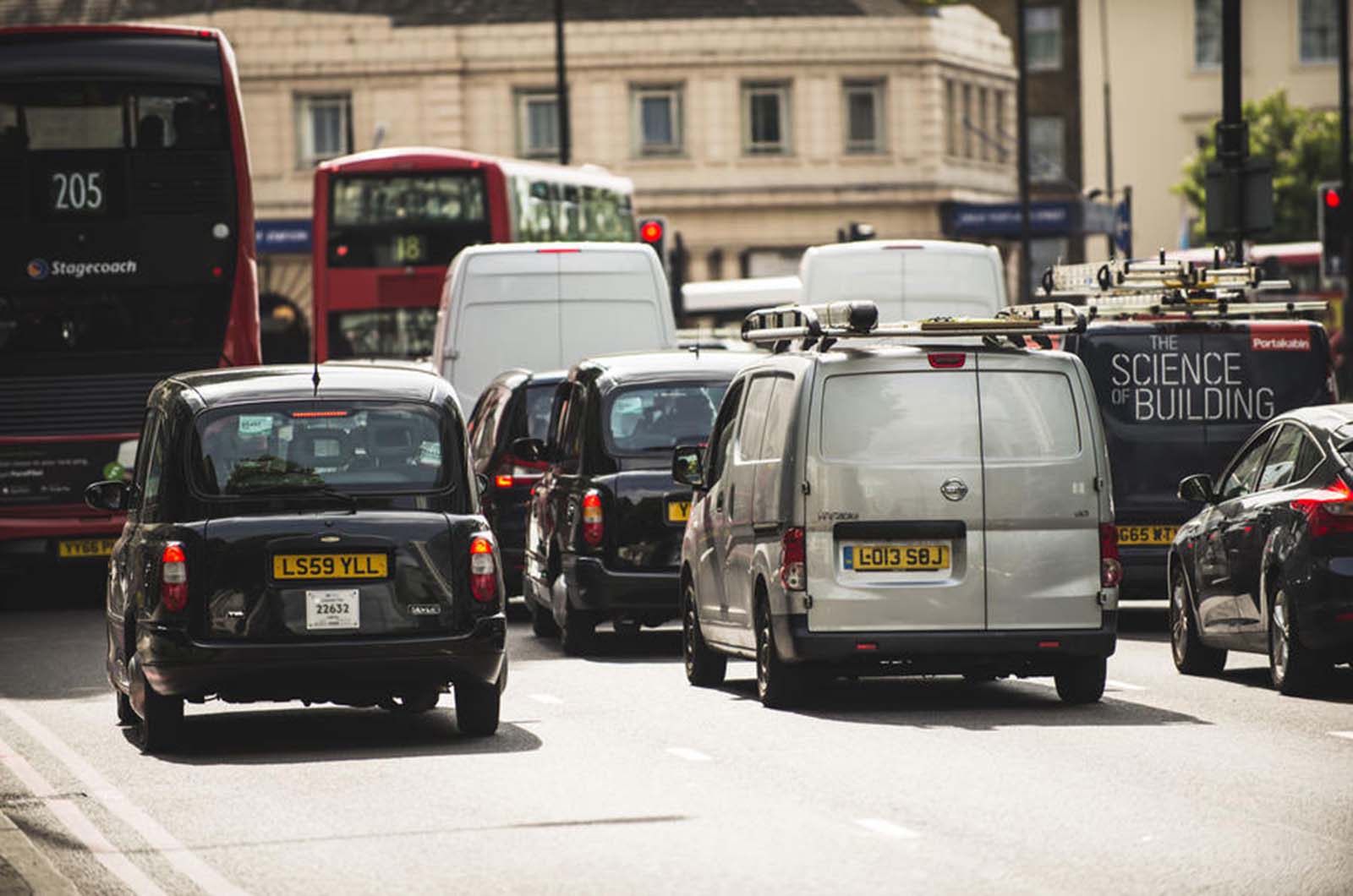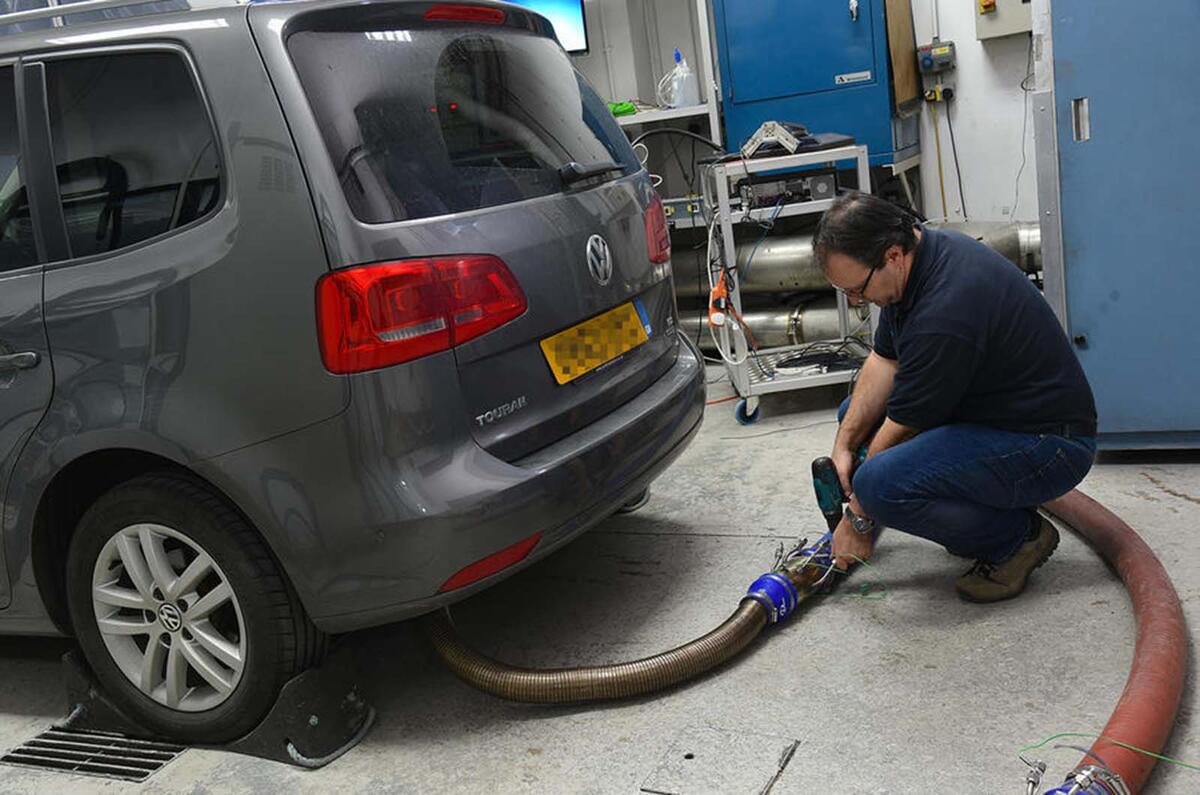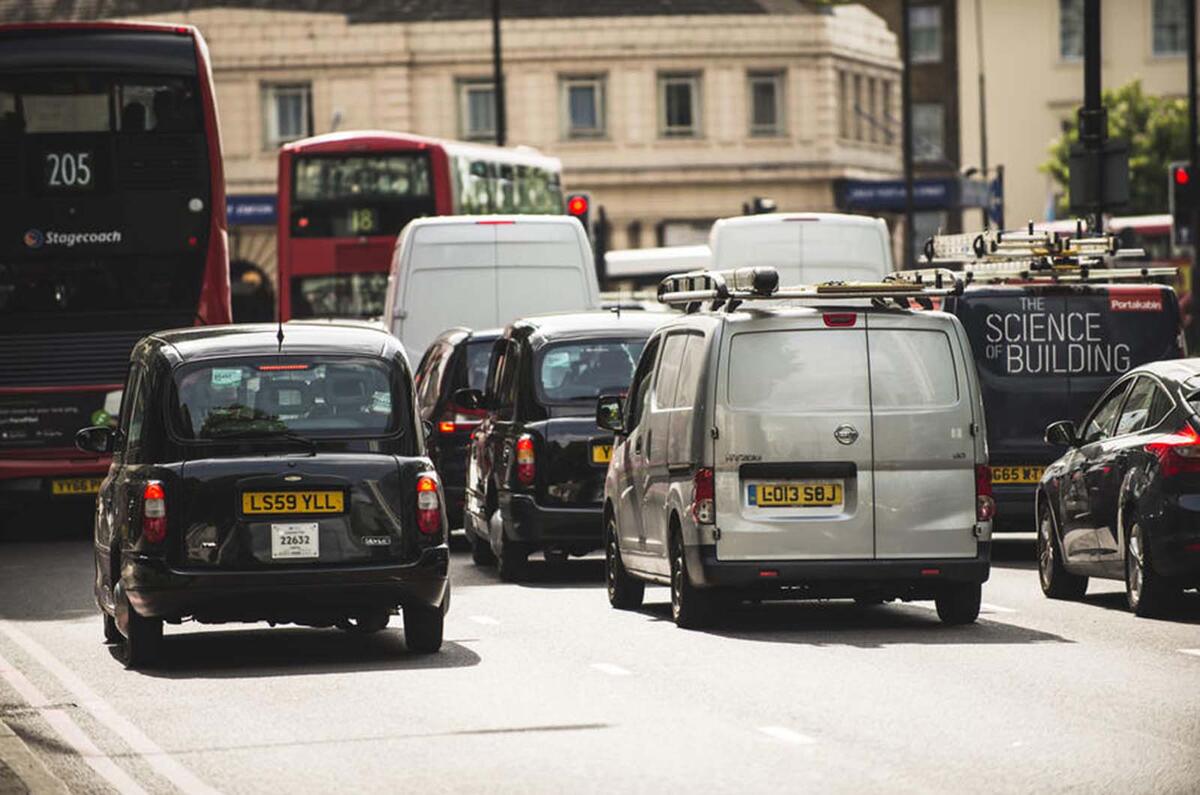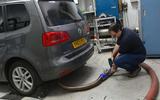On 1 September, two new European tests will come into force, which should result in official fuel consumption and emissions figures being far closer to reality than they are today.
The tests, WLTP (Worldwide Harmonised Light Vehicles Test Procedure) and RDE (Real Driving Emissions), will complement each other and replace the NEDC (New European Driving Cycle) designed in the 1980s and introduced in 1996.
Like the NEDC, the WLTP is a laboratory-based procedure, but the speeds and types of driving during the test cycle far more closely resemble how a car is driven in the real world compared with its predecessor. The advantage of laboratory-based tests is that they are carried out in controlled conditions and the results should be identical between one test and another regardless of the location. The disadvantage - and one that the European Union admits will still apply to WLTP - is that it can never exactly emulate what drivers may be doing with a car in any part of Europe or, in this case, the world.

To counter that, the complementary RDE test is being introduced at the same time. As the name suggests, this test is not laboratory-based. Although the procedure sets the types of roads and topography, it can be performed on any roads anywhere in the world. It is this aspect of the new test that poses the toughest challenge for manufacturers developing cars today.
How does WLTP work and how does it differ from NEDC?
Both take place in controlled conditions to provide repeatable results. The key differences are that WLTP will test cars with and without optional equipment offered to customers to give the best and worst case scenarios, will include higher speeds than NEDC, will look at harder acceleration and deceleration, and has a tougher set-up process for vehicles ahead of the test.











Join the debate
Add your comment
@LP in Brighton
@fadyady - that's OK then!
If what you say is true (I didn't spot it in the article), it means that manufacturers are officially allowed to cheat. But how absurd is it that manufacturers must subject their cars to two completely different fuel consumption / CO2 test, plus anticipate a third test (the RDE one) which is improperly defined and which will have different results in different markets. I think the authorities are just as bad as the car manufacturers for not setting clear standards and policing them properly. Continuing to allow manufacturers to perform most of the tests (in theory with supervision) is I think fundamentally flawed.
Backhand deal
As Germany is a democratic
As Germany is a democratic country, why wouldn't its chancellor try to take care of a major industry that employs a big proportion of its population? If she didn't, she would not really representing their interests, would she? If we don't like German cars for whatever reason (protectionism, cheating in tests, expensive for what they are, lack of style) we don't have to buy them.